Top 10 tips for hiking at night
These tips for hiking at night will help to make your walk a safe and memorable experience
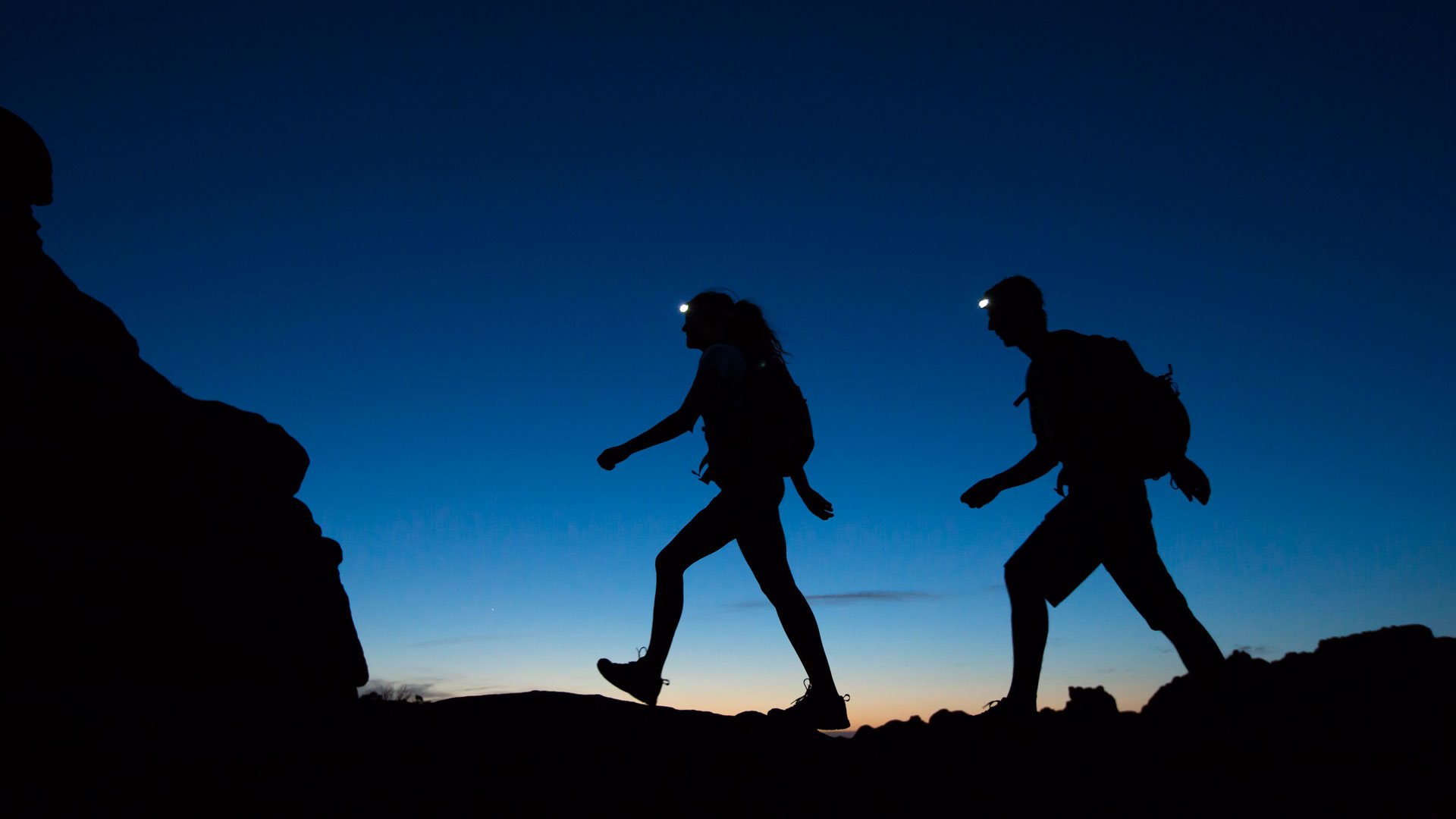
There are multiple reasons why you may find yourself hiking at night. For those with busy work schedules, getting to the trails during daylight hours is simply impossible. During the summer months, it can get extremely hot and the only way to avoid a scorching sun is to hike at night. Or perhaps you’re looking to summit for a sunrise or sunset, in which case you’ll be hiking up or down in the dark.
The serenity of the night and the allure of an empty trail undoubtedly draws people to night hiking. But it’s worth remembering that it also comes with its own set of difficulties and challenges. Our tips for hiking at night will ensure that your walk is a safe and enjoyable experience.
Planning and preparation are also crucial. A pair of the best hiking boots and the best head torch are essential pieces of kit for any night hike. If you’re planning on stopping overnight, our guide to the best backpacking tents has options for solo hikers, groups and various budgets.
- What to wear on a hike
- How to stay safe if you're hiking alone
- Day hike essentials: what to pack for a single day trip
1. Know your route and map it out
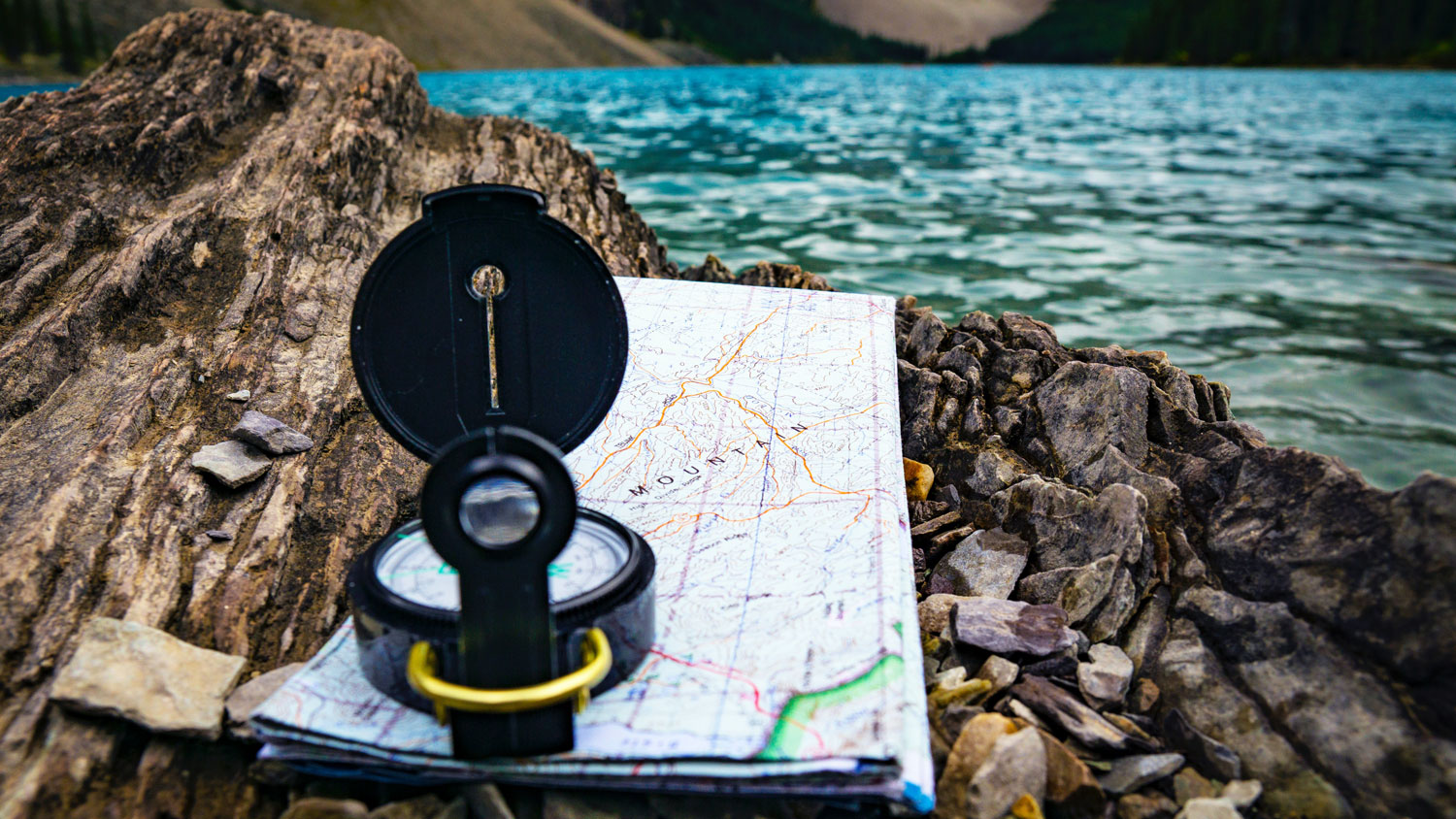
Hiking at night can be dangerous, even for a very experienced walker. The chances of something going horribly wrong are higher and you can’t rely on other people being around to help you out. Map out your journey in detail, ideally on a paper map that you can take with you – this way, you will not have to worry about a lack of mobile reception or your phone battery dying. You may think that you know your route inside out already and you don’t need a map. However, your path may look completely different at night and you may still end up getting lost.
Mapping your route will make you feel safer and you’ll be able to focus entirely on enjoying the walk!
2. Test your route in daylight
It’s very easy to become disoriented and confused when venturing outdoors. In daylight you rely mostly on your sight to navigate the surroundings and make informed decisions. However, at night your eyes can easily play tricks on you. You may not be able to identify any landmarks or important points with the same ease and you may veer off track without realising it.
In an ideal scenario, you’ve tried and tested your route in daylight multiple times before and are aware of any potential issues. Better to be safe than sorry!
Get all the latest news, reviews, deals and buying guides on gorgeous tech, home and active products from the T3 experts
3. Plan your hike around the weather and moon
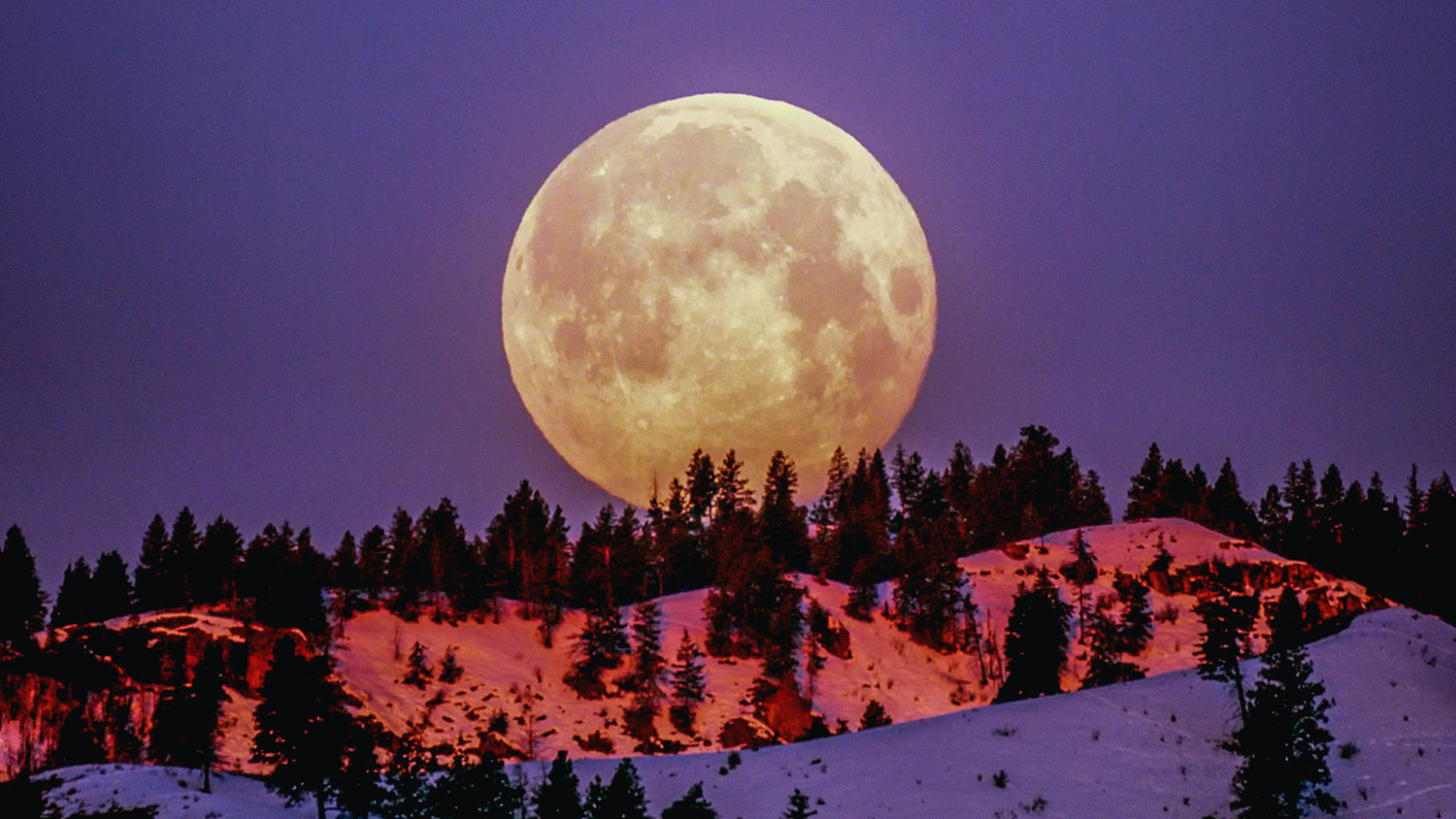
Weather can make or break your nighttime hike, so make sure you come prepared for any rain, wind or storms that may come your way. Temperatures can drop a lot during the night so make space in your hiking backpack for a spare jacket. Certain areas, such as mountains, are known for their ever changing weather conditions and it may be impossible to account for every possibility. Still, it’s a great idea to pay attention to local weather forecasts.
When possible, try to plan your hike around the moon’s cycle. Dark nights may be perfect for stargazing, but they will make your trip way more difficult. A full or partially full moon is a great source of light to guide you on your way.
4. Take food and water with you
Hydration is important, regardless of what time of day you’re hiking. You may not experience nearly as much heat and sunlight as during the day, but your body is still working hard and needs water to function properly. While there are ways to find drinking water in the wild and even purify dirty water on the go, it's all more difficult in the dark, so fill up your hydration pack or hiking water bottle for hiking before you leave, to make things simpler.
It’s a good idea to take some high-calorie snacks too. While it may seem an odd time of day to be eating, you never know what might happen on the trail and food will keep you going no matter the circumstances.
5. Dress appropriately
The importance of appropriate clothing can’t be stressed enough. A good pair of hiking boots is a must in any conditions, but it’s even more important when your visibility is reduced. After dark, temperatures can fluctuate a lot and it’s crucial to have a few layers of clothing, including a base layer and a fleece jacket to stay warm, dry and comfortable.
On top of that, you want to be as visible as possible so make sure to wear some reflective, bright items. Other hikers, vehicles and animals will be able to see you easily. And if worst comes to worst, emergency services will be able to quickly locate you.
6. Light it up
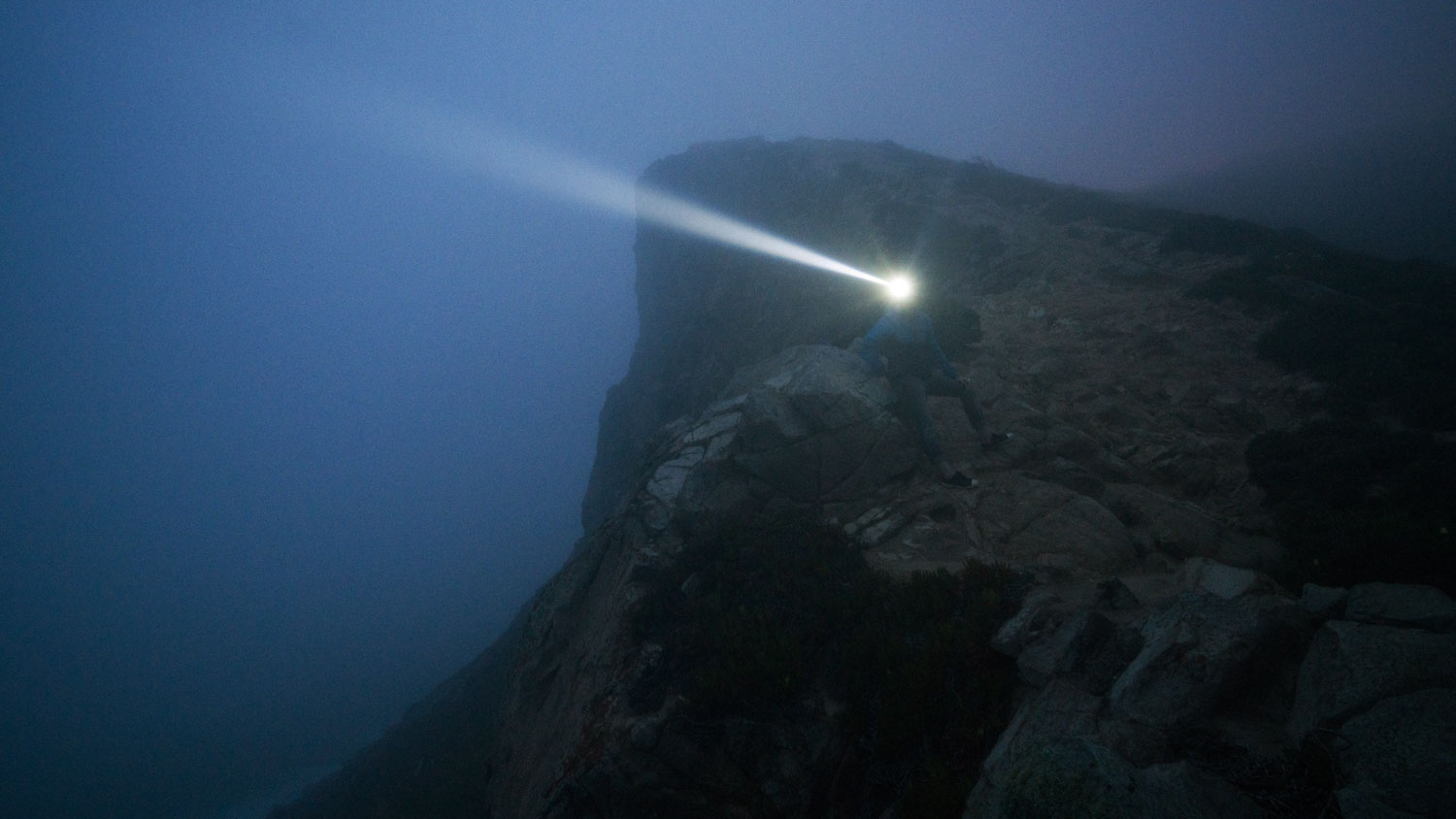
Having the right light equipment will make your hike safer and more comfortable. Keeping a flashlight and a set of spare batteries in your backpack is definitely a minimum when venturing out at night. Our guide to the best head torch also has some great options – including ones with a red light feature. White light can be quite harsh on the eyes and it may interfere with your peripheral vision. Red light is not as disruptive and works better at night.
7. Start small and allow extra time

It takes time to adjust to challenging night conditions. If you’re new to hiking at night, build up your confidence and experience level with routes that are short and fairly easy to navigate. Make sure to allow yourself extra time too. You’re likely to move at a slower pace than you would at daytime, and in case you swerve off track, you’ll still have a pocket of time left.
A really good tip is to start your hike immediately after the sunset. It will help your eyes to gradually transition to the darkness – and you will enjoy some beautiful views at the same time!
8. Buddy up
Hiking with friends or a walking group can be a great way to stay social and build lasting relationships. It’s also safer. Whenever possible, buddy up to always have a helping hand in an emergency situation. And if you’re hiking alone, always mention your plans and your planned route to someone else.
9. Watch out for wildlife
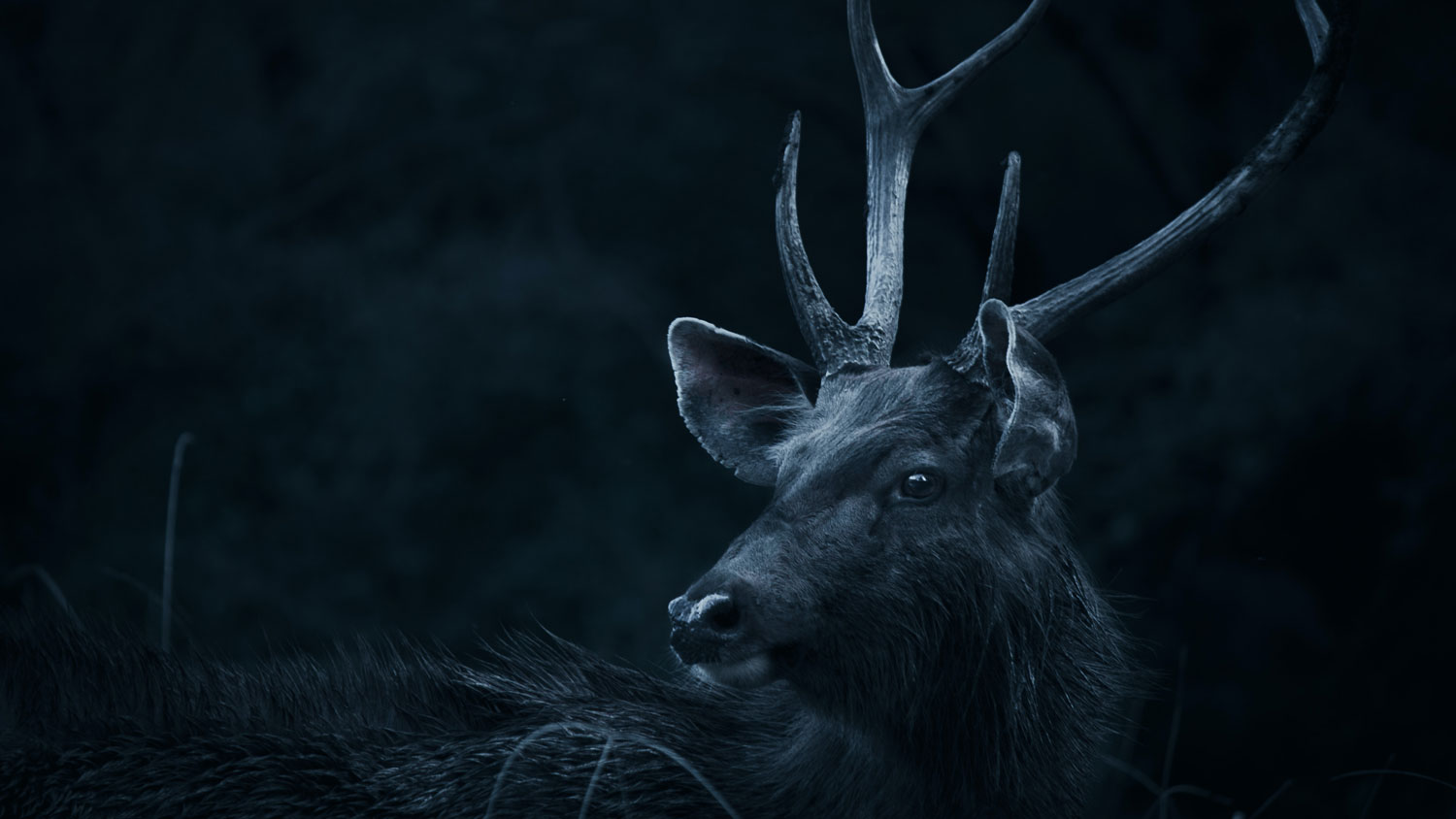
After dark, nocturnal wildlife awakens, so pay attention to what’s under your feet. If you’re in a country with bigger animals, keep a watchful eye out, as they may be more active during the night. There’s nothing more terrifying than an encounter with a scared predator, so to minimise any chance of direct confrontation, make some noise as you walk so that animals can be alerted of your presence. If you're hiking with the intention of spotting some wildlife, head to our best night vision binoculars and goggles guide has plenty of strong recommendations.
10. Don’t use headphones
It sounds like a great idea to put on your favourite tunes and get lost in the music as you enjoy your walk. And while it may work well during daytime, when it comes to hiking at night, you may want to put your headphones down. Lack of visibility means you rely more on auditory cues to assess your location. Don’t let the music distract you! Instead, listen to the sounds around you and enjoy the peace that comes with it.
When done right, hiking at night can be an unforgettable experience. You’ll see nature in a whole new light and get a glimpse of the world that’s usually hidden from us. Sure, hiking at night is definitely far more challenging than strolling in daylight, but with the right approach and the right tools, you can prepare yourself for any potential problems.